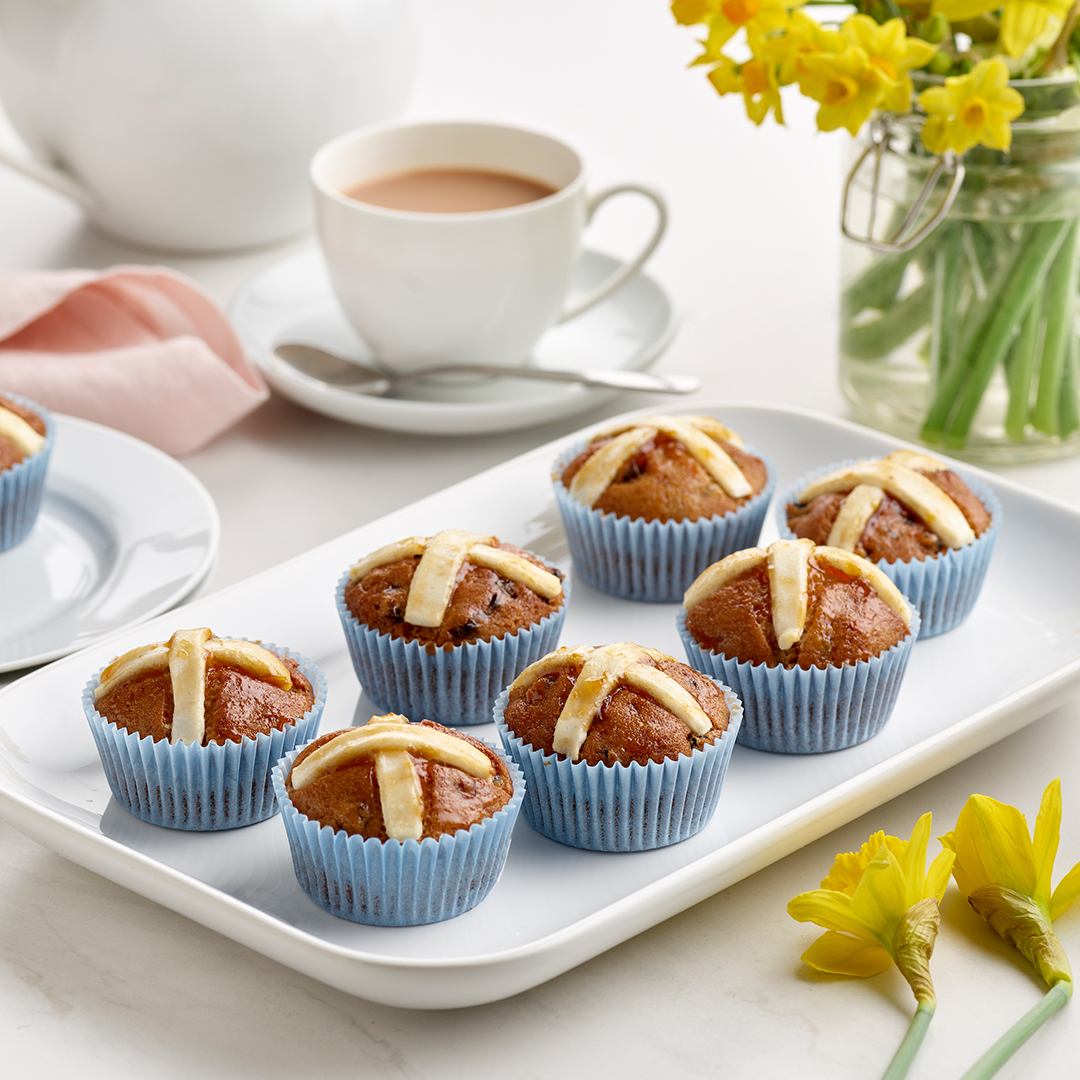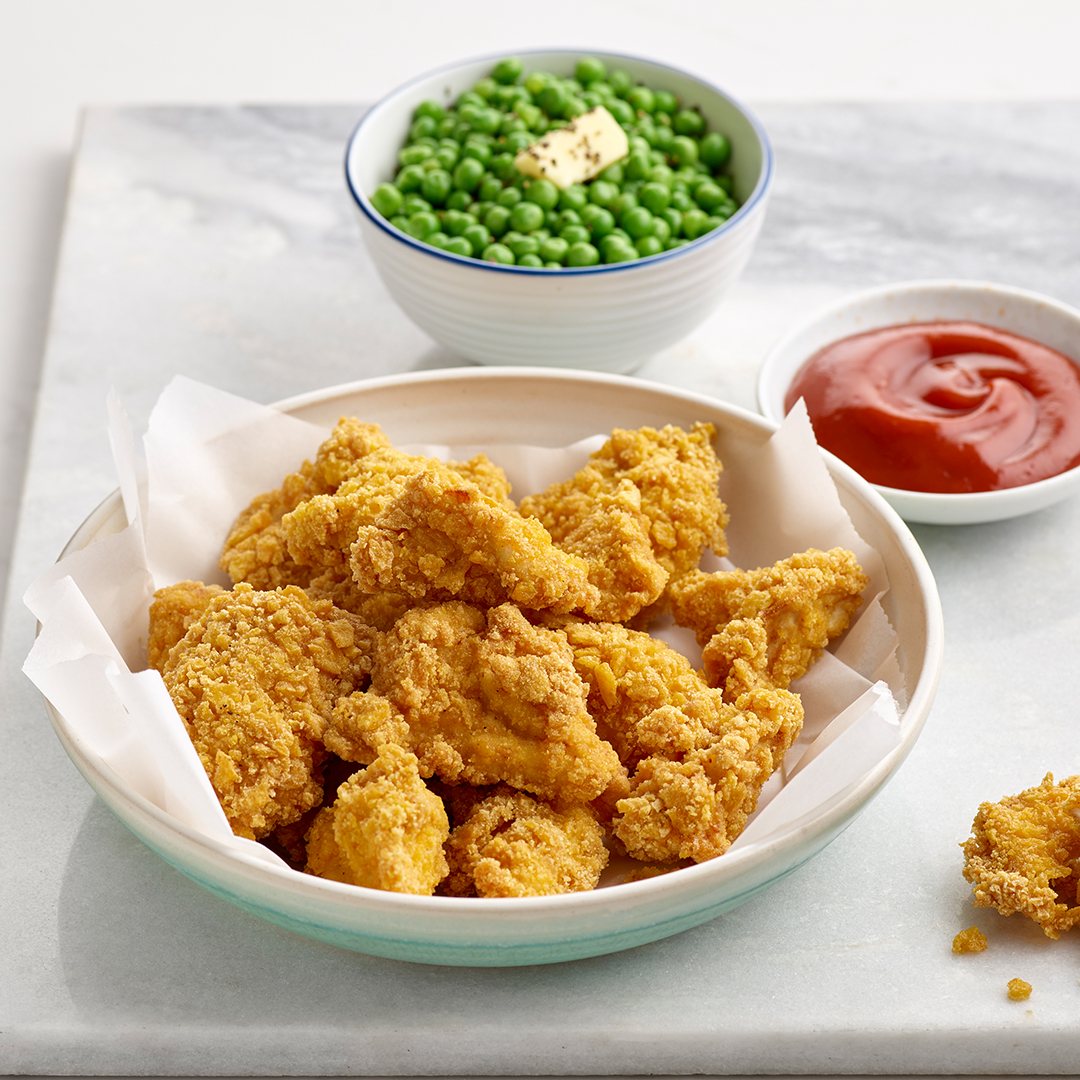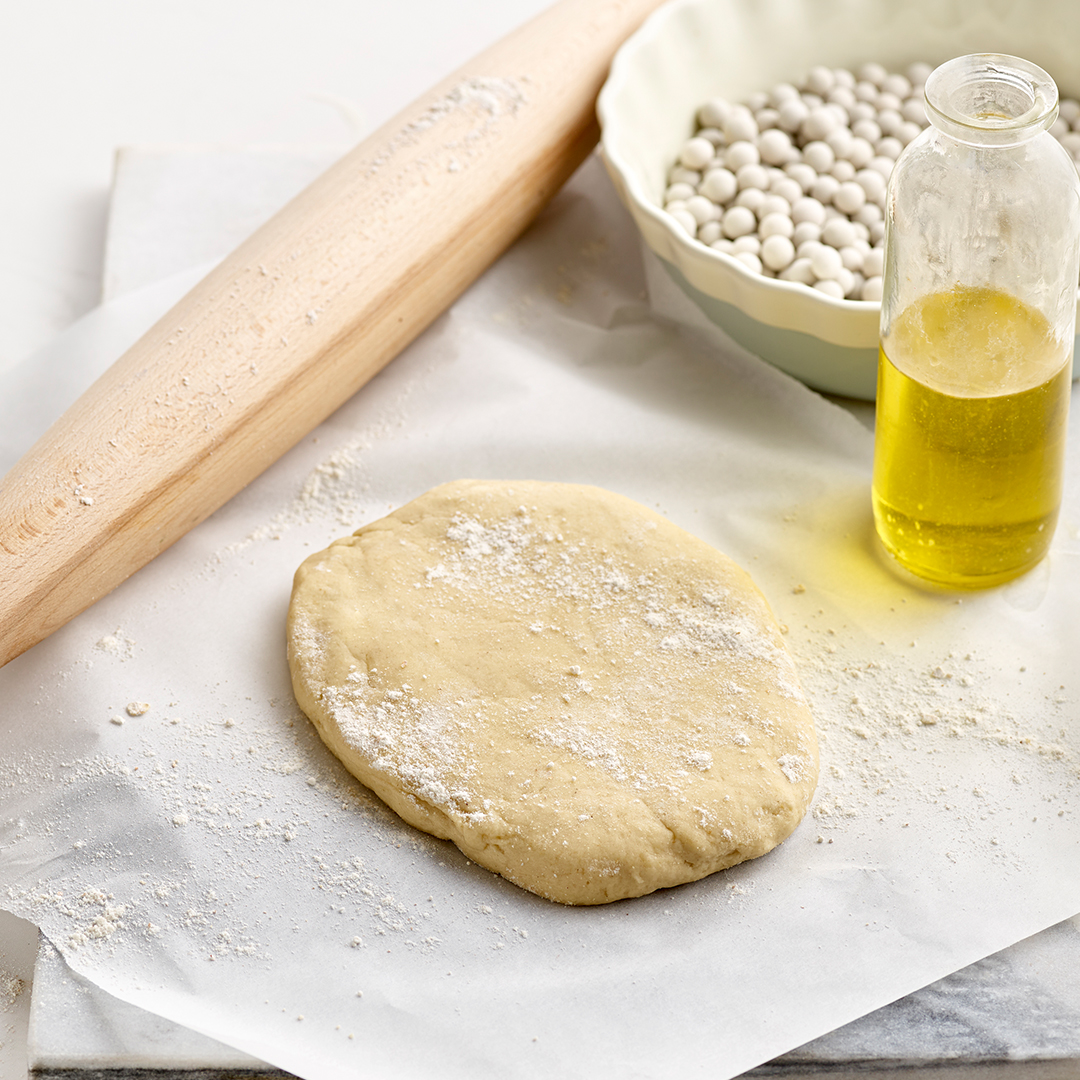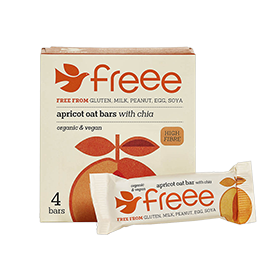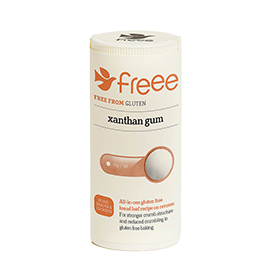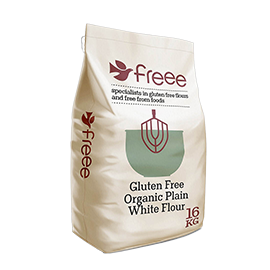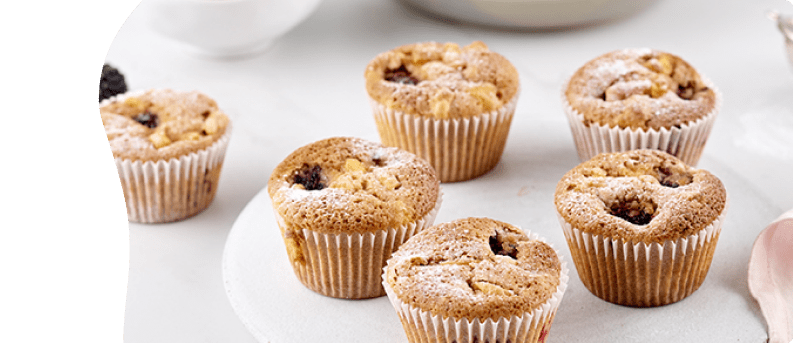Although sourdough bread baking requires time and patience, once your starter is established you can bake some fabulous, tasty loaves using FREEE Flours. There are three main steps in sourdough baking;
1. The Sourdough Starter
The key to rising your loaf is creating your gluten free starter. This is a flour and water paste that must be refreshed daily by adding or ‘feeding’ small amounts of flour and water for several days. The aim over these days is to capture the wild yeasts which will eventually help raise your loaf.
2. The Sourdough Ferment
Once your starter is active, it can be used to make a gluten free ferment for the second stage of gluten free sourdough bread baking (see the notes below for how to tell when your starter is ready to begin bread baking). At this crucial stage some of the starter is removed and a larger quantity of flour and water is added to help condition the starter for bread baking.
3. Sourdough Bread
In the last stage, flour is added to an active ferment to create the bread dough, which is left to prove then baked.
The amount of time needed for each stage can vary depending on a combination of several factors, including the temperature of the starter or ferment, when it was last fed and watered, the vigour of the wild yeast activity and the room temperature. The overall process can take several days so keeping a note of starter feeding times or using our Gluten Free Sourdough Starter Table can be helpful.
Don’t be disappointed if your first sourdough bread isn’t perfect because much like making pancakes, the first attempt isn’t always perfect. But with a little practice, you will become familiar with the effects of temperature and time at each of the stages and learn how to control these to make great gluten free sourdough bread.
Sourdough Starter Top Tips:
- Whole grain flours such as Buckwheat, Brown Rice and Quinoa are best for making and feeding a gluten free starter
- A glass bowl, loosely covered with a wet tea towel is ideal for making your starter.
- Avoid keeping your starter tightly sealed unless it is in the fridge
- Plan regular starter feed times with the help of your phone alarm or a kitchen timer
- Keep a record, or use our Gluten Free Sourdough Starter Table, to note when you have fed and watered your starter
- If your tap water smells of chlorine it may be difficult to establish an active starter so try using bottled water instead
- After feeding the starter with gluten free flour and water it should have the consistency of thick custard or porridge. Adjust the amount of flour and water in your feed to achieve this
- The ideal temperature for all of your sourdough stages is a warm place, around 22-24°C/70-75°
- In cooler weather the starter may take longer to become active and need more time between feeds
- In warmer room temperatures the starter may become active more quickly and need feeding more often
- Small or large bubbles, a lumpy appearance, a honeycomb texture beneath the surface and a pleasing sour or slightly alcoholic aroma are all signs that your starter is active and ready to use
- Keep your starter at room temperature, feeding it regularly if you bake often, otherwise cover and keep it in a refrigerator or freezer then bring it back to room temperature and feed with flour and water to re-establish activity.
Sourdough Starter Troubleshooting
Starter is dry, flat, sweaty or watery looking
Possible Cause
- The starter has run out of food and hydration
- The starter has expired
Possible solution:
- Pour away liquid and feed with flour and water
- Feed with flour and water more often
- Create a new starter
Starter has a dark surface liquid with mild alcohol or sour smell
Possible Cause
- Activity within the starter has started to create mild alcohol
- Ambient temperature is high
- Starter left too long between feeds
Possible solution:
- Pour away liquid and feed with flour and water
- Reduce time between flour and water feeds
- Create a new starter
Starter has strong pungent or disinfectant smell
Possible Cause
- The wrong bacteria has developed
- Fruit flies colonised starter
- Chlorine in the water has prevented yeast formation
Possible solution:
- Store away from fruit
- Use bottled water
- Create a new starter
Starter has a dark hard crust
Possible Cause
- Starter left too long between feeds
- An active starter has dried out
Possible solution:
- Remove and discard the dark hard crust and feed with flour and water
Reviving an old sourdough starter
Possible Cause
- Starter not fed or watered for a long time
- Starter found at back of fridge
- Starter was frozen
Possible solution:
- Pour off any dark liquid on the top
- Remove any dark and discoloured top layer
- Spoon out the starter into a clean bowl
- Feed with flour and water to make a paste
- Cover and leave at room temperature
- Feed with flour and water every 12 hours
- When small bubbles start to appear it is ready to make a ferment
Sourdough Ferments Tips and Troubleshooting
- The ferment is sometimes known as the levain or levean
- An active ferment is ready for bread making when it looks bubbly, possibly like frogspawn with a sweet yet sour aroma
- Add the quantity of ferment required in your recipe – adding extra starter or less starter will not necessarily improve the resulting bread
The ferment is not bubbly
Possible Cause
- Ferment left too long since making
Possible solution:
- Add some flour and water to revive the ferment
- Reduce ferment development time
- Re-start the ferment
Sourdough Bread Troubleshooting
Sourdough bread is dense/not enough holes
Possible Cause
- Starter or ferment were not active enough
- Too much or too little liquid
- Air knocked out of dough during final kneading
Possible solution:
- Use the starter or ferment when it is bubbly
- Check liquid in your recipe
- Fold and turn the ripe bread dough rather than punching it


